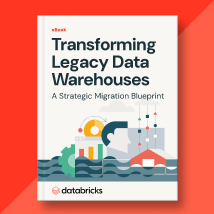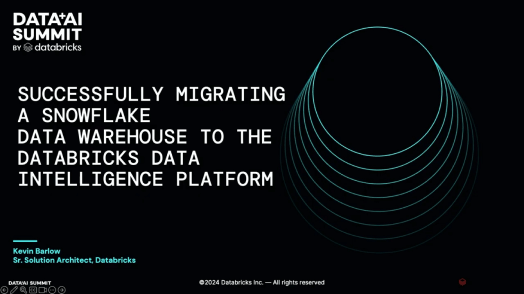Migrate to Databricks
Modernize your data platform by moving to the Databricks Data Intelligence Platform
Migrating to the Databricks Data Intelligence Platform from your enterprise data warehouse can reduce costs, accelerate innovation and simplify your data platform. You can run all your data, analytics and AI workloads on a modern unified platform built on open standards and secured with a common governance approach.
Low-risk migration to a fast and open data warehouse
Legacy data warehouses are expensive — it’s time to move.Tools and accelerators from Databricks and our partners
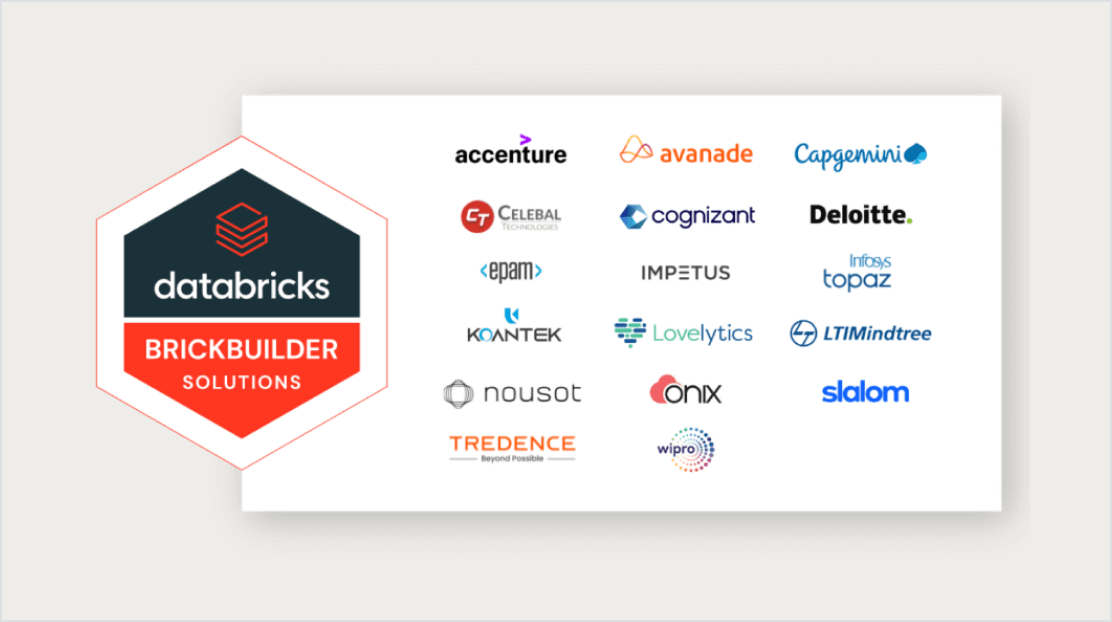
Accelerate code migration with automated partner tooling
Automate code conversion to speed up ETL and stored procedure migration with certified migration SI partners.
Do a migration assessment with the Databricks Professional Services Migration Team.
Find ETL partners from Databricks Partner Connect.
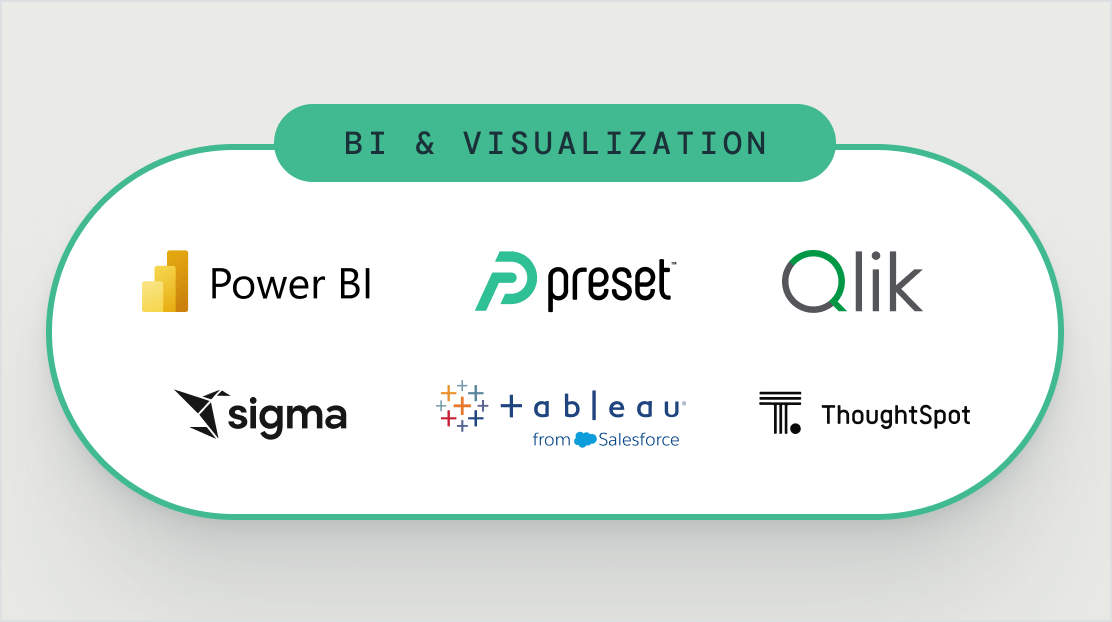
AI-based conversational interfaces
Use our BI partners such as Power BI, Tableau, Mode or AtScale from Databricks Partner Connect.
Modernize your BI with AI-assisted Dashboards.
Proven strategies to help you achieve scalability, cost efficiency and AI innovation
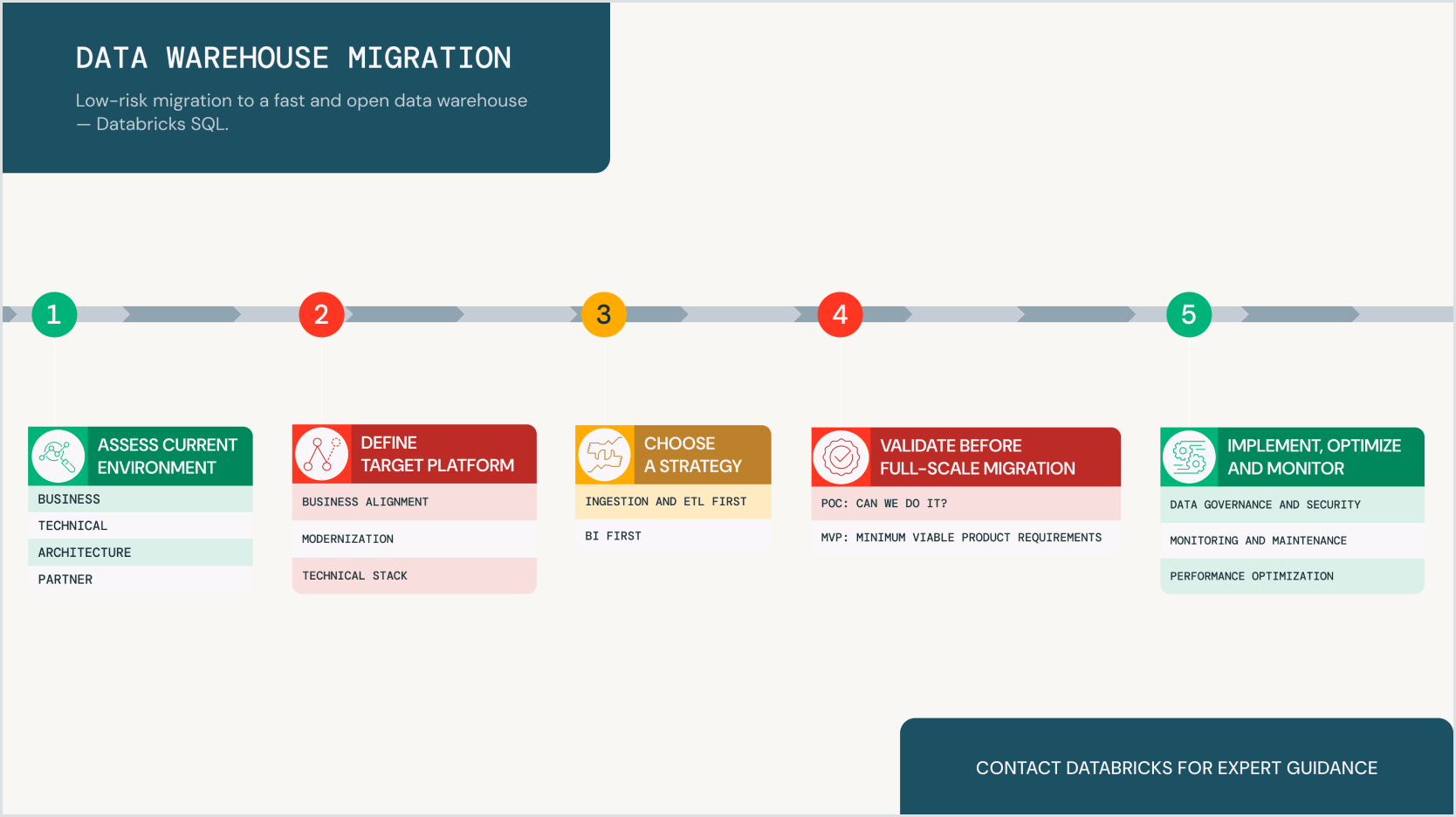
Migrating to a modern platform like the Databricks Data Intelligence Platform offers elastic scalability, reduced costs, built-in security and the ability to integrate open source technologies — avoiding vendor lock-in. Follow this proven migration strategy to learn:
- Why modernizing your data warehouse is critical for scalability, cost savings and advanced analytics
- What Databricks structured migration strategy is for a seamless transition
- How to minimize risks with proofs of concept (POCs), MVPs and Databricks-native tools
Accelerate your migration journey to deliver data and AI-driven outcomes
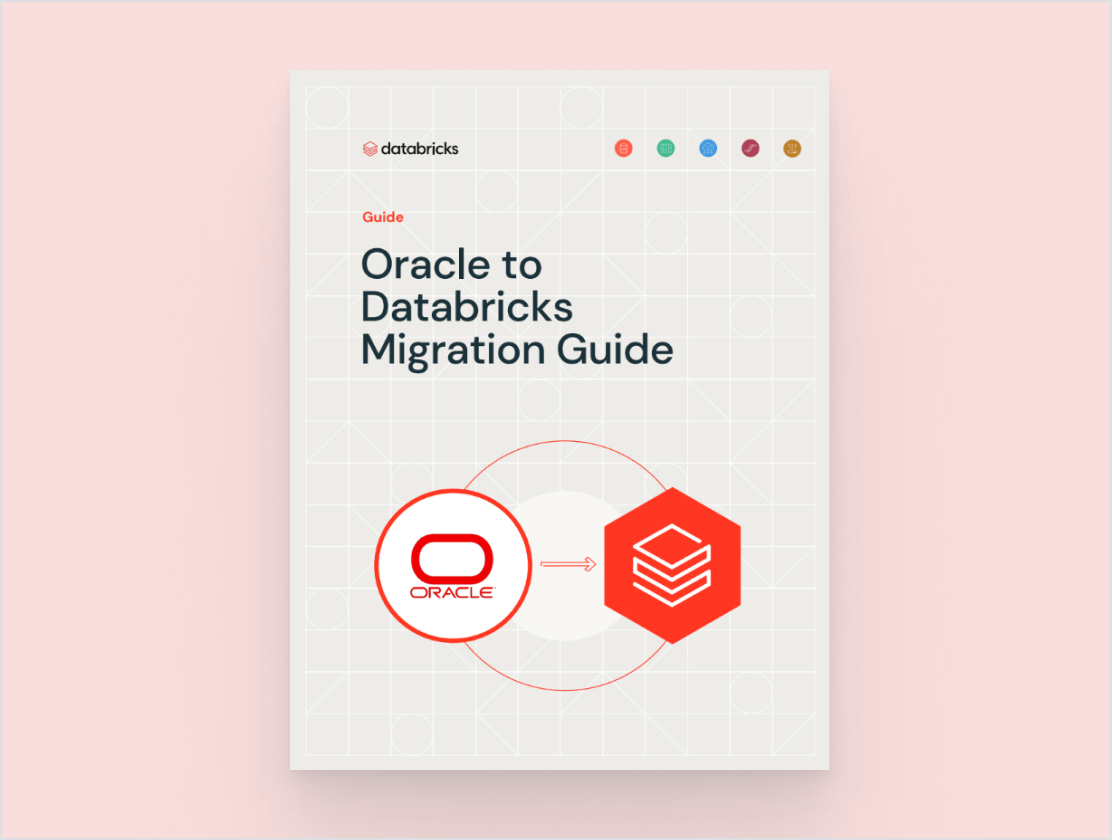
Improve performance and scalability
Migrating from an Oracle data warehouse to the Databricks Data Intelligence Platform promises significant benefits in scalability, performance and cost-effectiveness. Fundamental differences include Oracle’s relational model vs. Databricks’ lakehouse architecture, dialects and data processing variations.
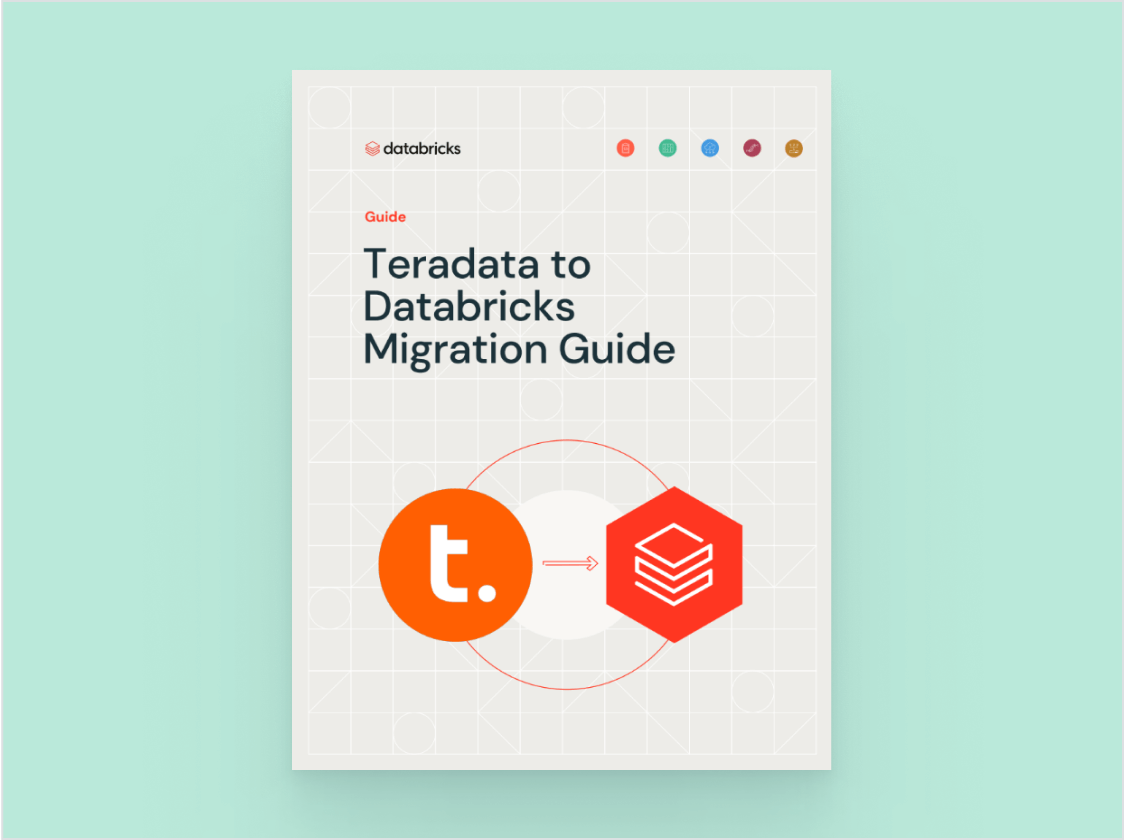
Reduce data silos and add AI/ML
Traditional enterprise data warehouse (EDW) appliances like Teradata come with significant limitations: high costs, lack of support for unstructured data, no support for built-in AI or ML or real-time streaming capabilities — and scaling storage or compute is challenging and expensive. With the Databricks Data Intelligence Platform, you eliminate the need for separate data processing systems and constant data movement.
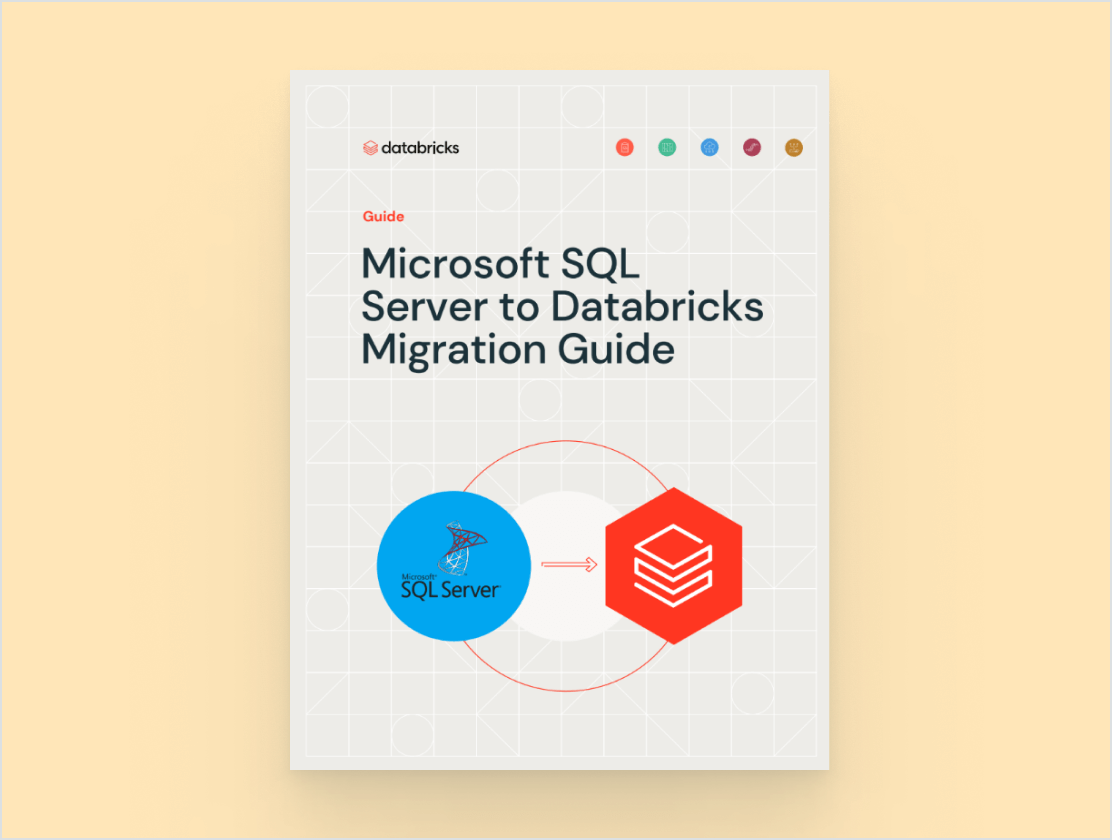
Separate compute and storage for horizontal scalability
Migrating from a on-premises SQL Server data warehouse to the Databricks Data Intelligence Platform promises significant benefits for scalability, AI/ML and real-time streaming. Fundamental differences include SQL Server’s relational model with vertically scaled processing vs. Databricks’ distributed lakehouse architecture, which separates compute and storage for horizontal scalability.
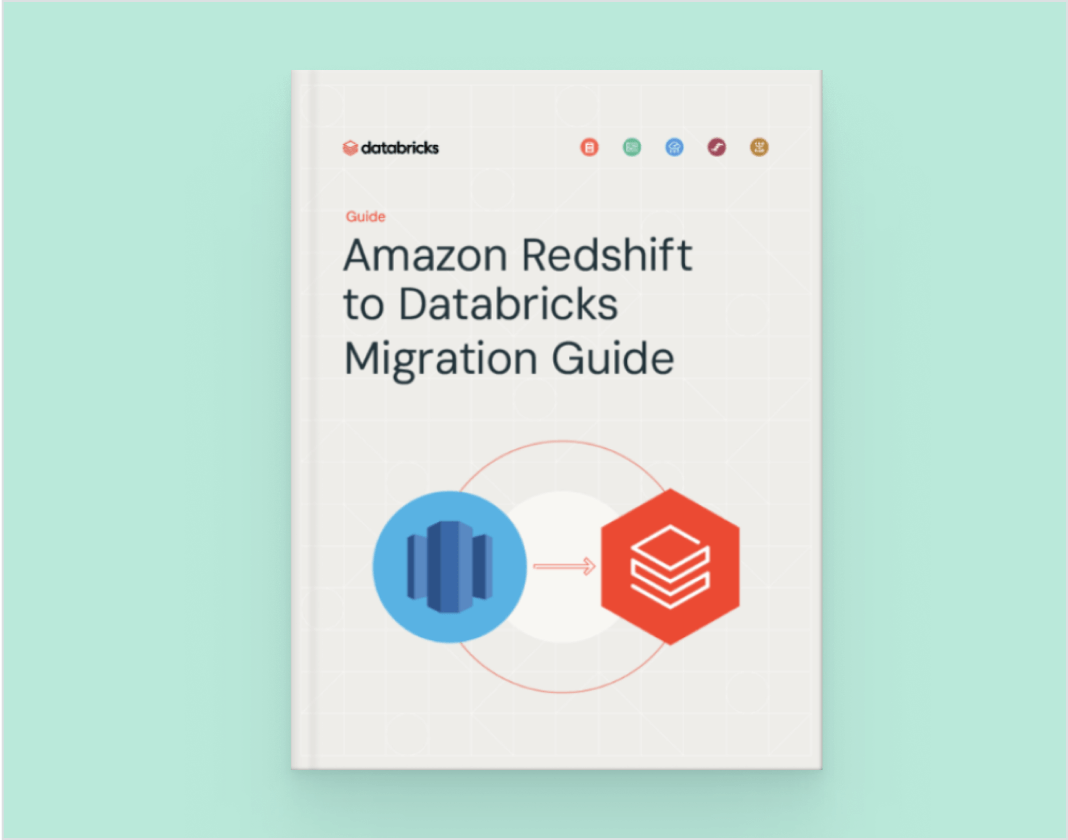
Reduce ETL costs and accelerate AI
With the Databricks Data Intelligence Platform, you simplify away Redshift’s complexity with serverless infrastructure, AI-powered performance improvements and native support for data science and AI.
Successfully migrating from Redshift to Databricks is easy with the right planning. This migration guide spells out the common patterns in migrating data and code, best practices, tooling options and more from Databricks’ collective experience.
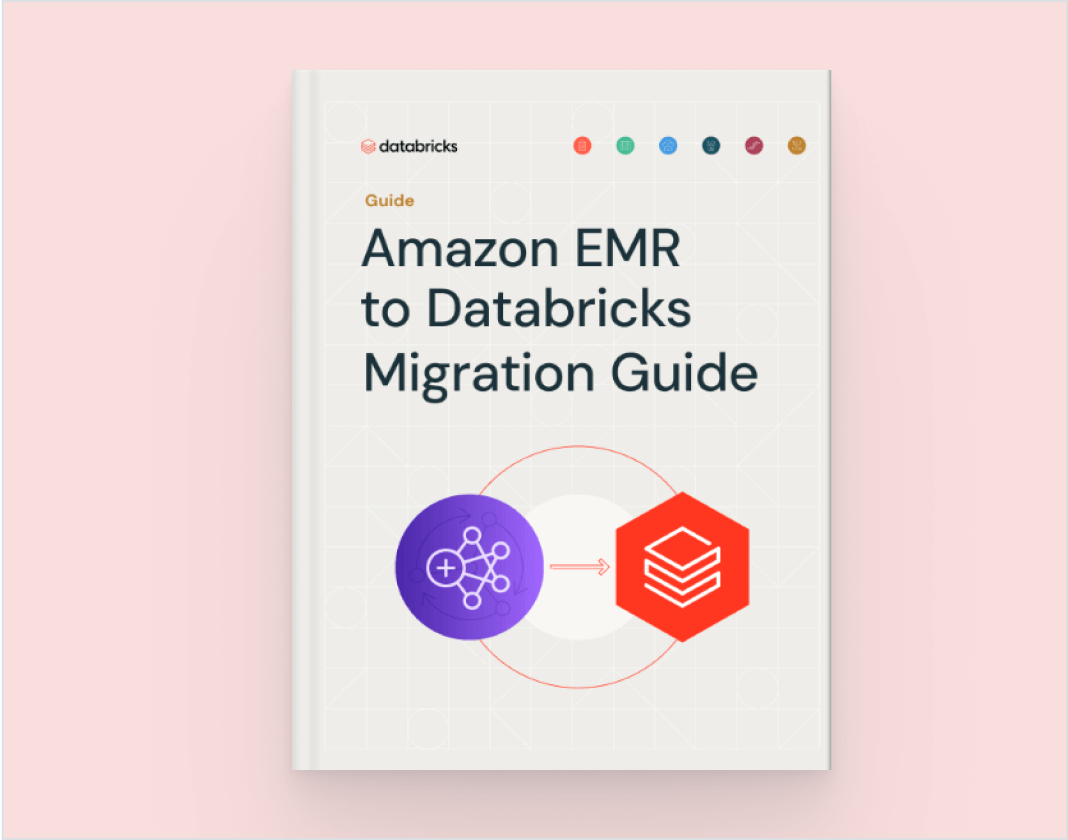
Boost productivity and accelerate innovation
Building data and AI products on EMR requires you to manage and stitch together disparate tools, resulting in increased DevOps burden, platform inefficiencies and delayed time to market. Consequently, your architecture will become more costly and complex in the long run. With the Databricks Data Intelligence Platform, you can adopt a simpler approach with a unified platform that provides built-in governance, orchestration and native support for AI.
This migration guide spells out the common patterns in migrating EMR data and code, best practices, tooling options and more from Databricks’ collective experience.
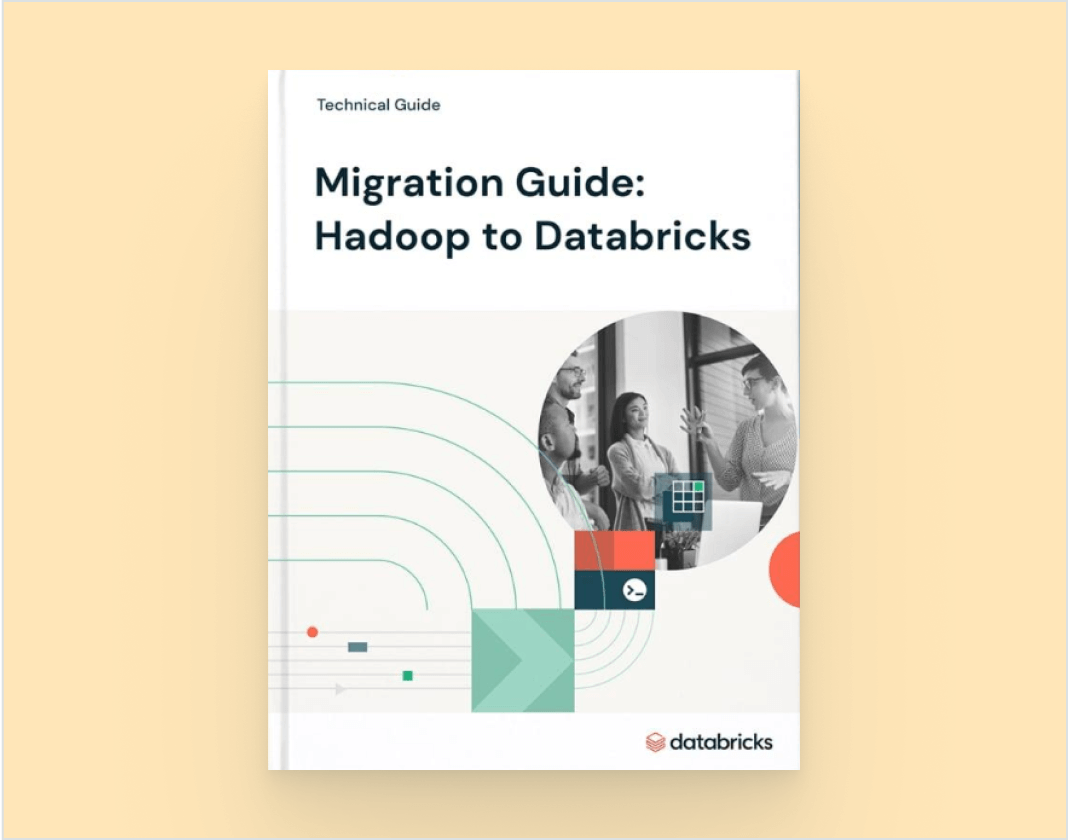
Break free from Hadoop and boost data value
Customers with legacy Hadoop environments find themselves gearing up for massive modernization initiatives to get to the cloud. If not planned properly, the process can be overwhelming and complex. This comprehensive self-guided playbook will assist you step-by-step with migrating from Hadoop to the Databricks Data Intelligence Platform.
Plan and execute your data and AI journey
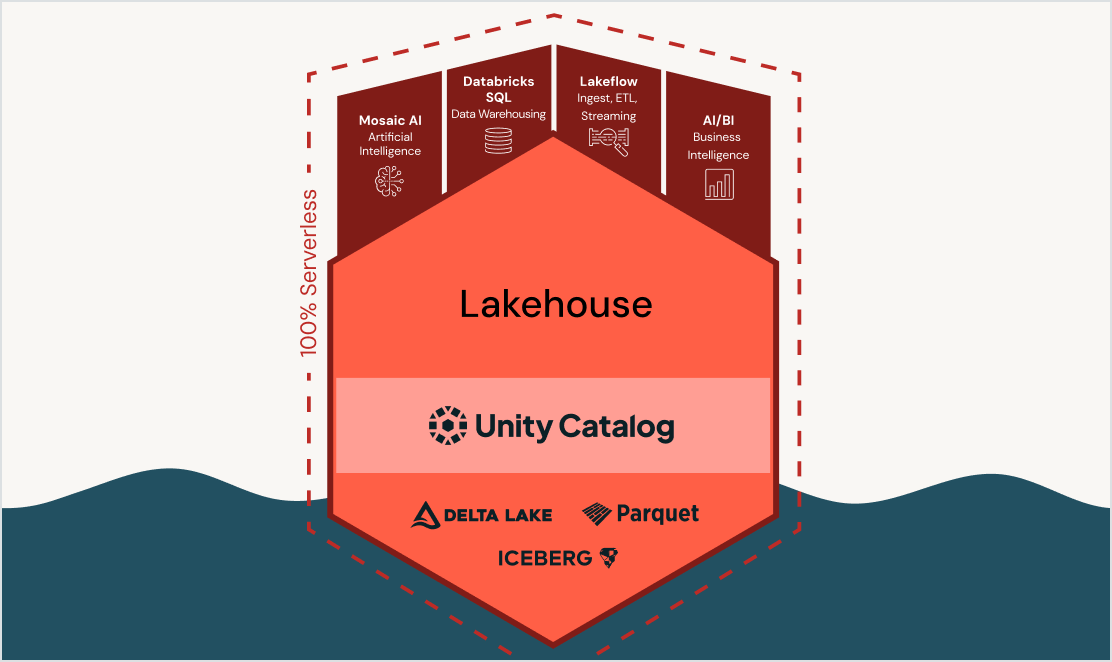
Delivering rapid success on projects with world-class data engineering, data science and project management expertise.
As experts on the Databricks Data Intelligence Platform, the Databricks Professional Services Migration Team gives you concrete outcomes through a prescriptive approach. The approach maximizes the value of your existing data and pipeline investments, ensuring seamless migration. The Migration Team also supplies best practices to help you reduce risk and cost. Databricks subject matter experts can work as part of your team or your selected SI partners to provide architecture, planning, design, and execution services to ensure success.
Customer Stories
Migration tools
Comprehensive data warehouse migrations to Databricks
Simplify and accelerate data warehouse migrations to Databricks SQL from 10+ legacy source systems, including Oracle, Teradata, Snowflake, Amazon Redshift, Microsoft SQL Server, and more. You can also migrate your legacy ETL code. Databricks has a free migration tool, Lakebridge.
